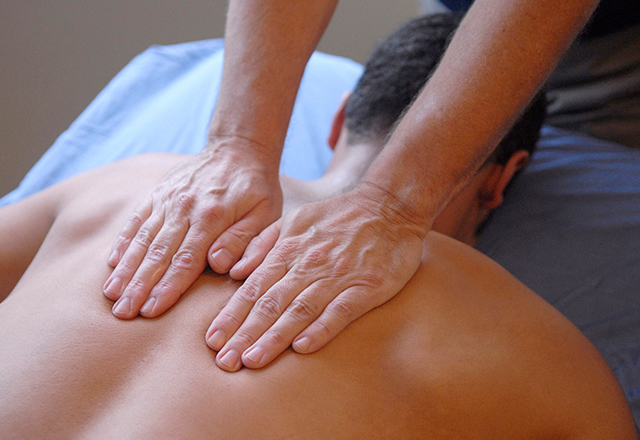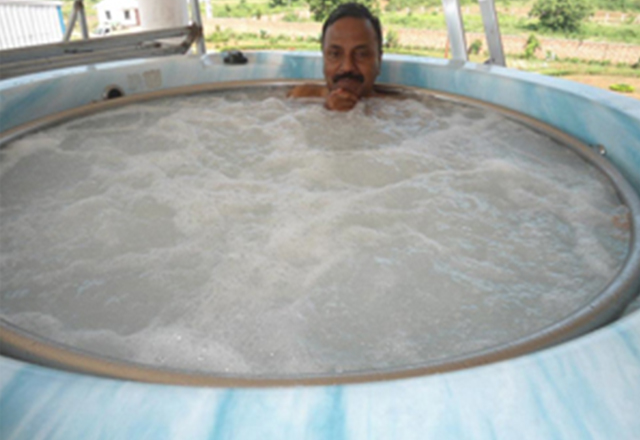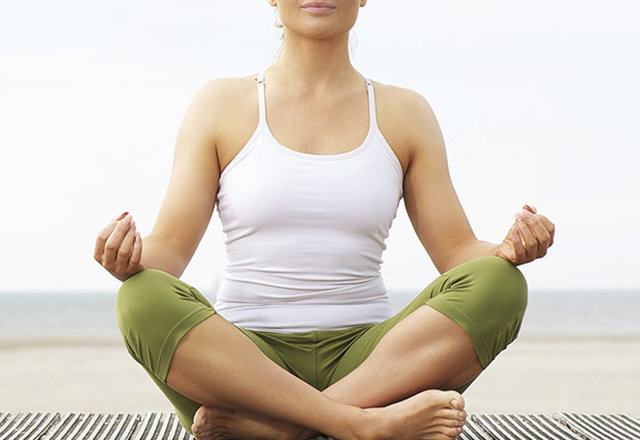Yoga, the famous term , has been derived from the Sanskrit word 'yuj' which means 'to join'. This special mode of treatment is significant in terms of establishing a viaduct between the individual soul (jivatma) and the universal soul (parmatma). Plenty of patients and general public get relieved from pain and suffering through yoga therapy. Basically and momentously human development takes place on three different planes, called physical, mental and spiritual. Yoga keeps you healthy by upholding harmony. Optimum functioning on all three levels through complete self-control can definitely be achieved if Yoga is practiced on a regular basis in its proper and recommended form.
The history and origin of yoga date back to the ancient years when a number of holy saints used to practice this form of treatment in their daily lives in India. Many instances of practicing yoga have been traced in Upanishads. A systematic teaching approach of Yoga was introduced long back in first century B.C. by Maharishi Patanjali.
What is Yoga Therapy?
Gaining huge popularity, Yoga therapy in recent times has been instrumental in curing countless number of diseases with the help of mental or physical yogic exercises. This special kind of treatment is an integral part of the Indian yogic culture.
Benefits of Yogic Exercises:
1. Yoga Kriyas: The physicalbasis of Yoga comprises of few well known treatments namely Yogic Kriyas, asanas and pranayama. Excellent circulation is possible by practicing kriyas. Prime endocrine glands of the body can be stimulated and energized by means of Yogic exercises. The Yogic exercise doesn't only help to preserve good health and harmony, but a regular practice also helps in preventing and curing common ailments. Physical, mental or emotional tensions would be eradicated by physical yogic exercises.
2. Pranayama: Many want to stay young for a prolonged period of time. Pranayama is beneficial for them. If we take a look at the ordinary respiration, then we can easily find that a normal person generally breathes nearly 15 times every minute, it means he/she takes in 20 cubic inches of air. If that person practices pranayama then he/she would breathe slowly and would breathe once or twice every minute where as the deep and full breathe would help that person to inhale nearly 100 cubic inches of air. Isn't it worth trying.
3. Yoga Asana: Taking guidance from a professional guide is essential. Be the master of the technique with thorough knowledge before you actually practice Asanas and Pranayama. Keep the stomach empty while practicing Asanas. To create the right and apt mental condition, practicing Shavasana before the commencement of rest of the exercises is very important. Maintain poise and balance when you are performing Asanas in a relaxed mood and in slow motion.










